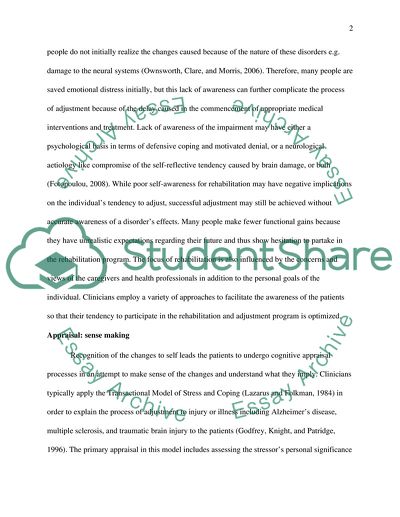Cite this document
(“Psychology of Adjustment Term Paper Example | Topics and Well Written Essays - 2000 words”, n.d.)
Psychology of Adjustment Term Paper Example | Topics and Well Written Essays - 2000 words. Retrieved from https://studentshare.org/psychology/1671562-psychology-of-adjustment
Psychology of Adjustment Term Paper Example | Topics and Well Written Essays - 2000 words. Retrieved from https://studentshare.org/psychology/1671562-psychology-of-adjustment
(Psychology of Adjustment Term Paper Example | Topics and Well Written Essays - 2000 Words)
Psychology of Adjustment Term Paper Example | Topics and Well Written Essays - 2000 Words. https://studentshare.org/psychology/1671562-psychology-of-adjustment.
Psychology of Adjustment Term Paper Example | Topics and Well Written Essays - 2000 Words. https://studentshare.org/psychology/1671562-psychology-of-adjustment.
“Psychology of Adjustment Term Paper Example | Topics and Well Written Essays - 2000 Words”, n.d. https://studentshare.org/psychology/1671562-psychology-of-adjustment.


